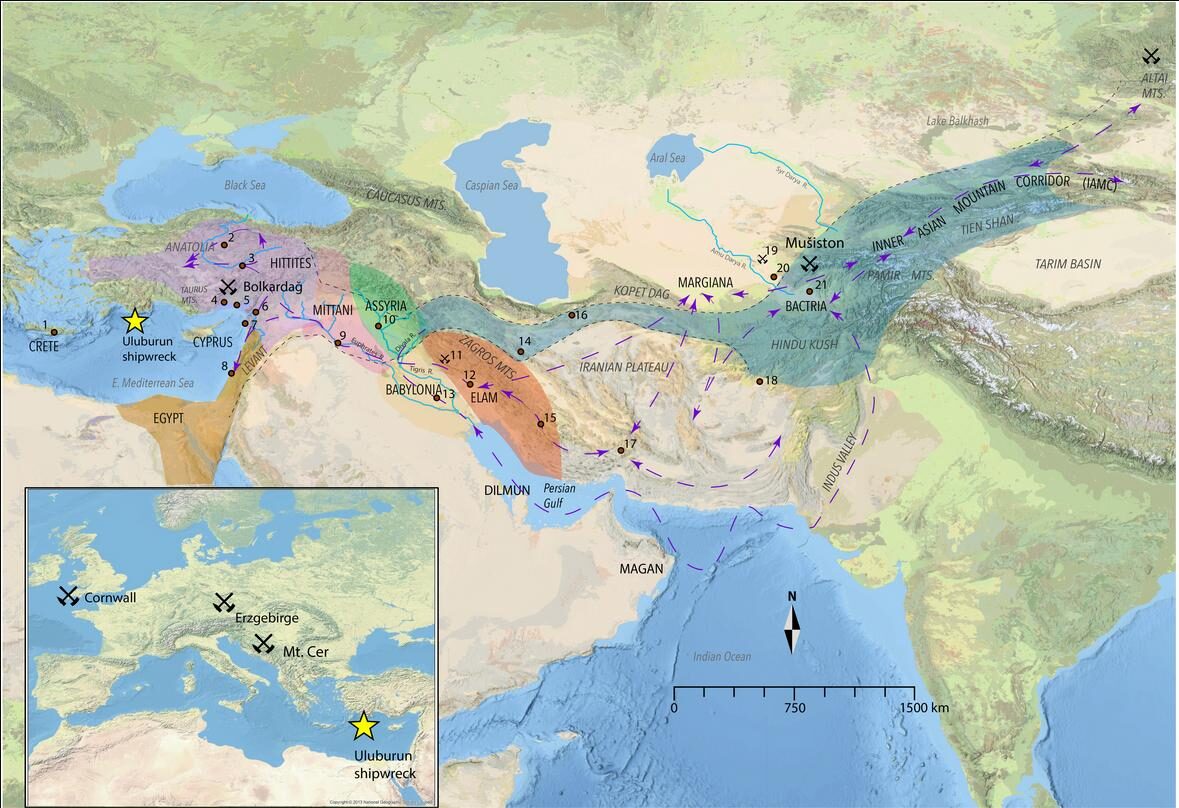
Fig. 1. Regional geography and main sites.
1, Hagia Triada; 2, Hattusa; 3, Hisarcık; 4, Mersin; 5, Tarsus; 6, Alalakh; 7, Ugarit; 8, Haifa; 9, Mari; 10, Assur; 11, Deh Hosein; 12, Susa; 13, Ur; 14, Arisman; 15, Tal-e Malyan; 16, Tepe Hissar; 17, Tepe Yahya; 18, Mundigak; 19, Karnab/Sichkonchi; 20, Sapalli; 21, Shortugai. Purple dashed arrows depict documented trade networks ca. 2200 to 1700 BCE. Blue shaded region reflects the corridor connecting the Anatolian and Central Asian/Middle Eastern tin trade (in blue), ca. 1600 to 1000 BCE. Other shaded areas represent key LBA polities. Inset map illustrates the location of ancient tin sources in Europe.
More than
3,000 years before the Titanic sunk in the North Atlantic Ocean, another famous ship
wrecked in the Mediterranean Sea off the eastern shores of Uluburun — in present-day Turkey — carrying tons of rare metal. Since its discovery in 1982, scientists have been studying the contents of the Uluburun shipwreck to gain a better understanding of the people and political organizations that dominated the time period known as the Late
Now, a team of scientists, including
Michael Frachetti, professor of archaeology in Arts & Sciences at Washington University in St. Louis, have uncovered
a surprising finding: small communities of highland pastoralists living in present-day Uzbekistan in Central Asia produced and supplied roughly one-third of the tin found aboard the ship — tin that was en route to markets around the Mediterranean to be made into coveted bronze metal.
The research, published on November 30 in
Science Advances, was made possible by advances in geochemical analyses that enabled researchers to determine with high-level certainty that some of
the tin originated from a prehistoric mine in Uzbekistan, more than 2,000 miles from Haifa, where the ill-fated ship loaded its cargo.
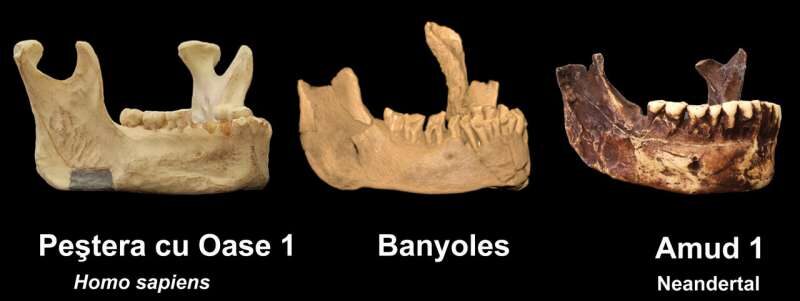
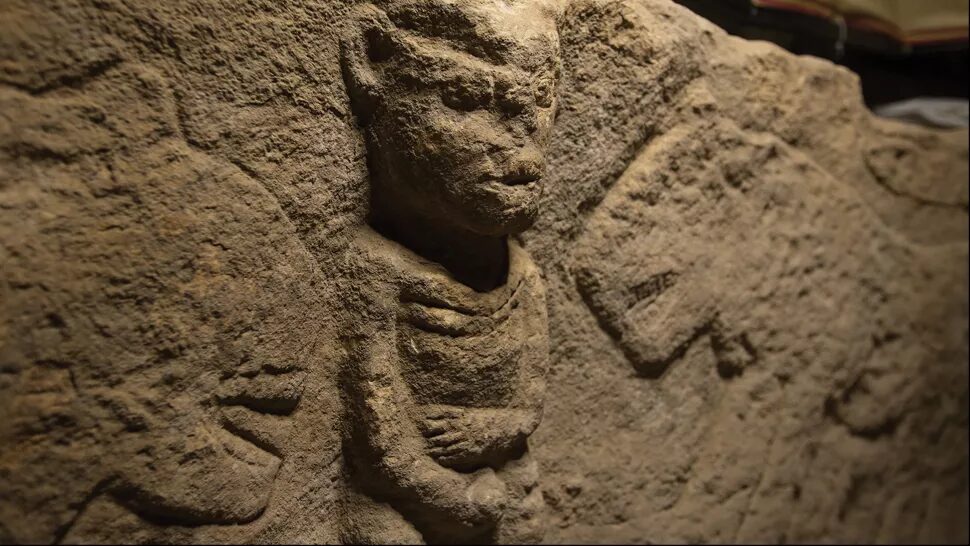
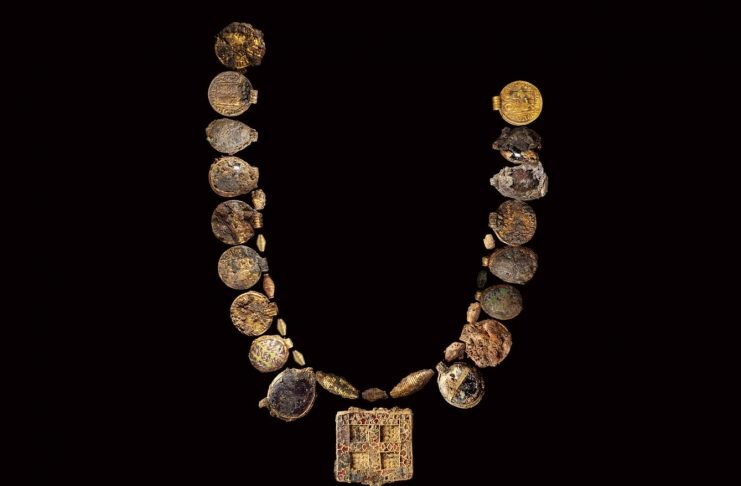

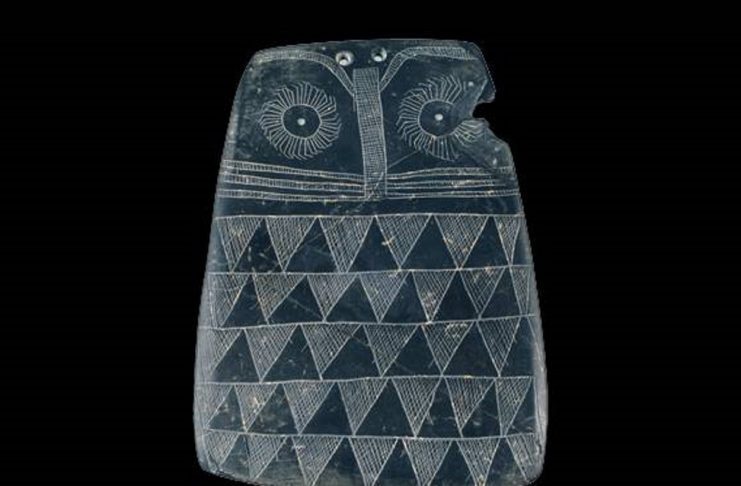
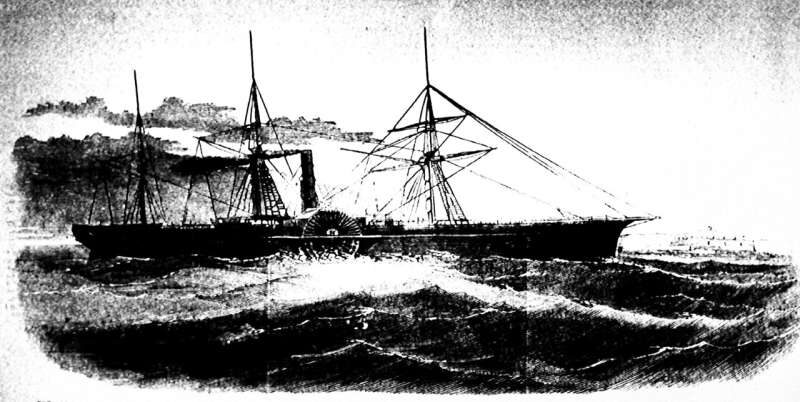
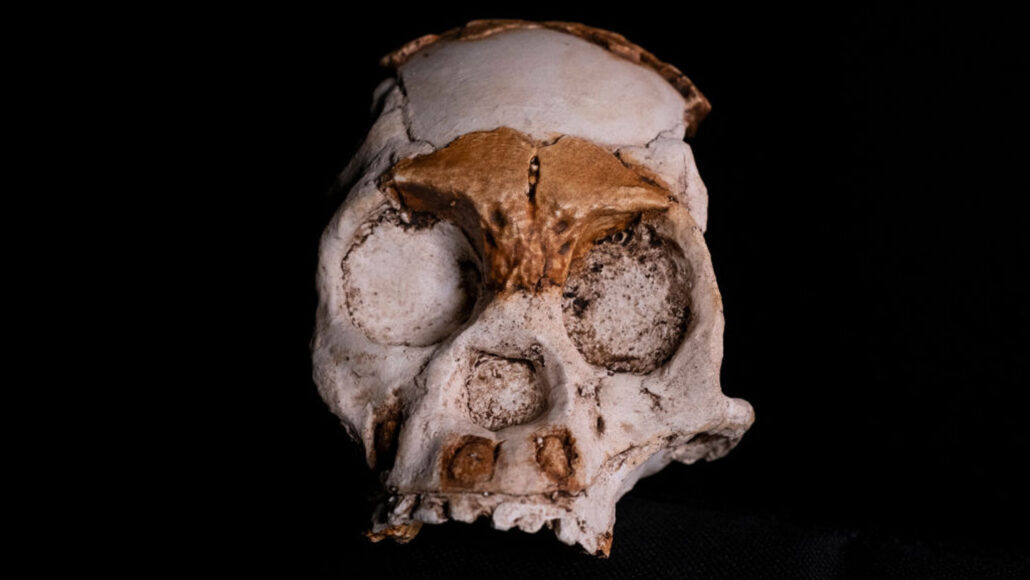
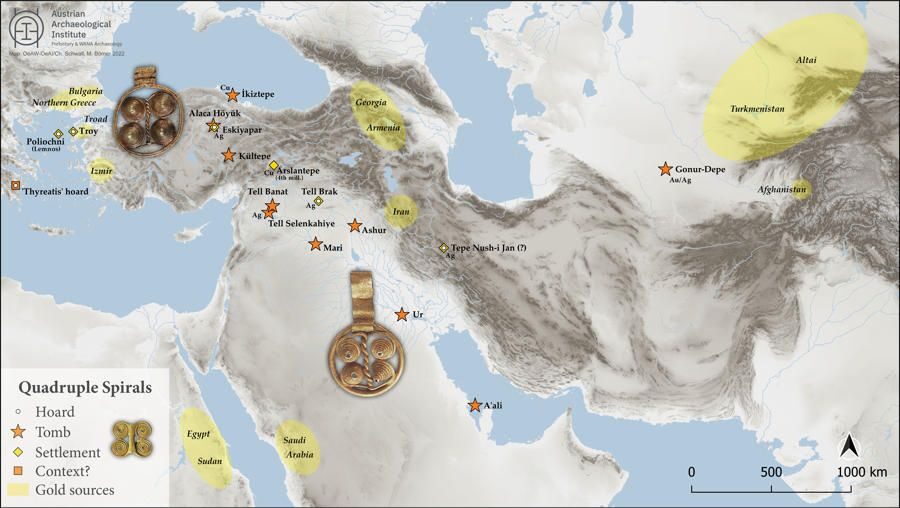

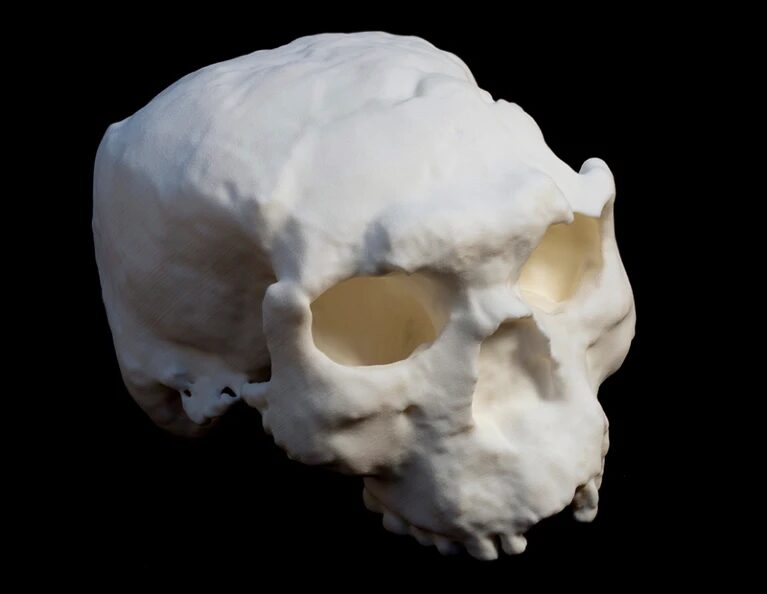



Comment: See also: Most human origins theories are not compatible with known fossils